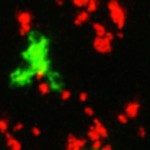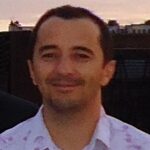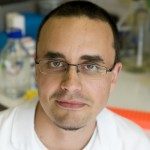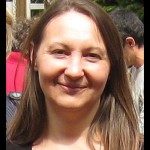Link to Pubmed [PMID] – 35858359
Link to DOI – 10.1073/pnas.2203855119
Proc Natl Acad Sci U S A 2022 Jul; 119(29): e2203855119
Neutrophils form cellular clusters or swarms in response to injury or pathogen intrusion. Yet, intracellular signaling events favoring this coordinated response remain to be fully characterized. Here, we show that calcium signals play a critical role during mouse neutrophil clustering around particles of zymosan, a structural fungal component. Pioneer neutrophils recognizing zymosan or live Candida albicans displayed elevated calcium levels. Subsequently, a transient wave of calcium signals in neighboring cells was observed followed by the attraction of neutrophils that exhibited more persistent calcium signals as they reached zymosan particles. Calcium signals promoted LTB4 production while the blocking of extracellular calcium entry or LTB4 signaling abrogated cluster formation. Finally, using optogenetics to manipulate calcium influx in primary neutrophils, we show that calcium signals could initiate recruitment of neighboring neutrophils in an LTB4-dependent manner. Thus, sustained calcium responses at the center of the cluster are necessary and sufficient for the generation of chemoattractive gradients that attract neutrophils in a self-reinforcing process.








